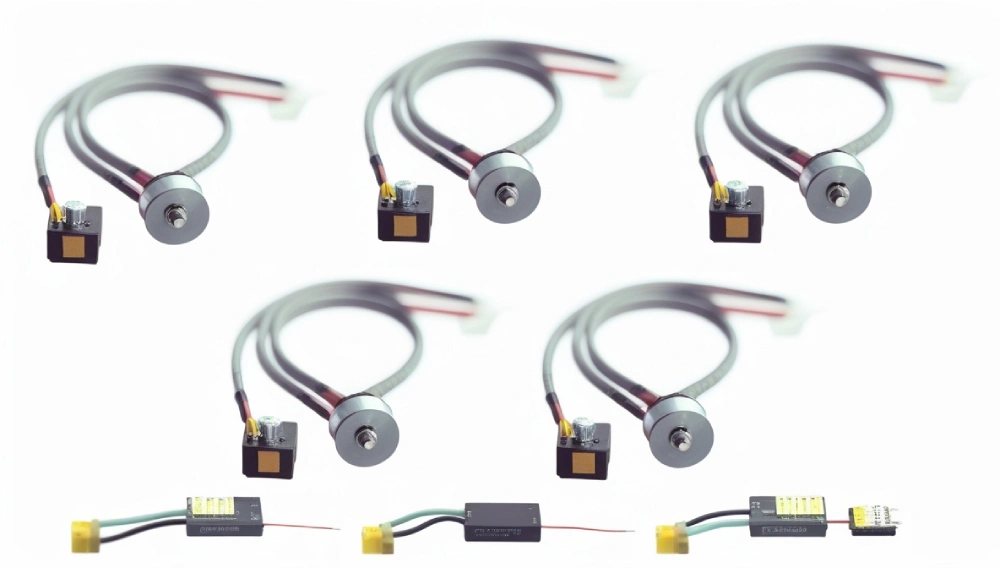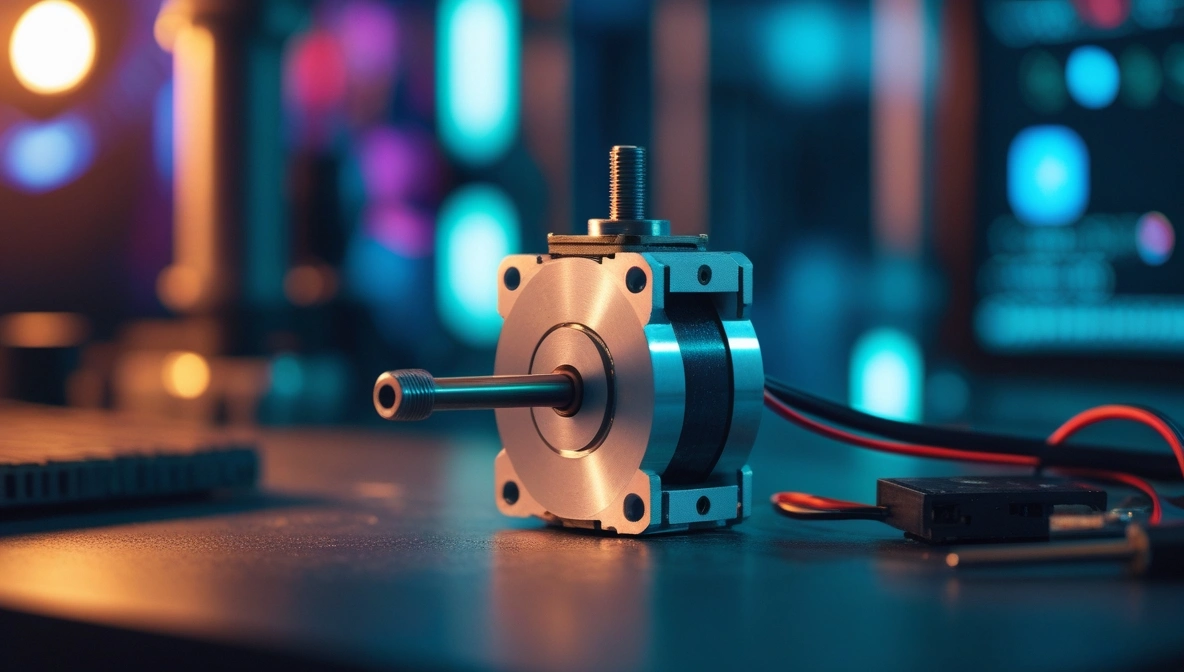Introduction: What Are Small Stepper Motors?
If you’ve ever built a robot, flown a drone, or tinkered with a 3D printer, you’ve likely relied on a small stepper motor. These compact motors are the unsung heroes of precision motion, packing accuracy into tiny frames. But what exactly makes them tick?
A small stepper motor (also called mini or micro stepper motor) is a motor that moves in fixed, precise steps. Unlike regular motors that spin freely, these motors rotate in exact increments—perfect for projects where space and control matter. Whether you’re a hobbyist or a pro, understanding these miniature powerhouses can level up your builds. Let’s dive in!
Understanding Compact Stepper Motors
How Do They Work?
Small stepper motors move in fixed “steps” (e.g., 1.8° or 0.9° per step). Each step is triggered by an electronic pulse, allowing exact control without feedback. Think of them as the clock hands of motors—steady, precise, and reliable.
Types of Small Steppers:
- Unipolar: 5–6 wires, easier to control.
- Bipolar: 4 wires, higher torque.
Key Specs: Small Size, Big Performance
| Specification | Example |
| Size | 20mm x 30mm (NEMA 8 frame) |
| Voltage | 5V–12V |
| Step Angle | 1.8° (200 steps/revolution) |
| Torque | 0.1 N·m (≈14 oz·in) |
| Weight | 50–100 grams |
Fun Fact: Some models are smaller than a coin!
Where Are Small Stepper Motors Used?
From labs to living rooms, these stepper motors are everywhere:
- 3D Printers: Move print heads layer by layer.
- Robotics: Control joints in mini robot arms.
- Camera Sliders: Capture smooth, cinematic shots.
- Medical Devices: Adjust syringe pumps in labs.
- DIY Clocks: Drive hour/minute hands silently.
Real-World Example: Hobbyists use them in solar trackers to follow the sun!

How to Wire a Mini Stepper Motor
Step 1: Gather Your Gear
- Motor (e.g., 28BYJ-48).
- Driver (e.g., ULN2003 for unipolar motors).
- Microcontroller (Arduino, Raspberry Pi).
Step 2: Connect the Wires
- Motor to Driver: Match coil wires (use a multimeter to find pairs).
- Driver to Arduino: Link IN1–IN4 pins to digital pins 8–11.
- Power Up: Use a 5V USB or 9V battery.
Pros and Cons of Tiny Stepper Motors
Why Choose Them?
- Precision: Move exactly 1.8° per step.
- Affordable: Cheaper than servo motors.
- Silent Operation: Great for indoor projects.
Limitations
- Low Torque: Struggle with heavy loads.
- Heat Issues: Can overheat without cooling.
Choosing the Right Motor for Your Project
Ask yourself:
- How much torque do I need?
- Light loads (clock hands): 0.05 N·m.
- Medium loads (camera sliders): 0.1 N·m+.
- What’s my power source?
- USB-powered? Stick to 5V motors.
- Do I need silence?
- Use microstepping drivers for smooth motion.
Pro Tip: For DIY robots, try a NEMA 11 motor.
Maintenance and Troubleshooting Tips
- Overheating? Reduce current or add a heat sink.
- Skipping Steps? Check wiring and increase voltage.
- No Movement? Test the driver with another motor.
FAQs: Quick Answers to Tiny Motor Queries
No—they’re built for precision, not power. Use larger motors for heavy loads.
Yes! Use Python libraries like RPi.GPIO.
Thousands of hours if kept dust-free and lightly loaded.
The 28BYJ-48 (under $5) is a hobbyist favorite.
Conclusion: Think Small, Create Big!
Small stepper motors prove that size doesn’t limit potential. Whether you’re automating a desk toy or prototyping a medical tool, these motors offer precision in a pint-sized package. Start small, experiment boldly, and watch your projects thrive!
Author Bio:
Lisa Chen is a robotics engineer with 8+ years of experience in micro-motor design. She’s passionate about helping makers turn big ideas into tiny realities.


1 thought on “Small Stepper Motors: The Tiny Powerhouses Behind Precise Motion”